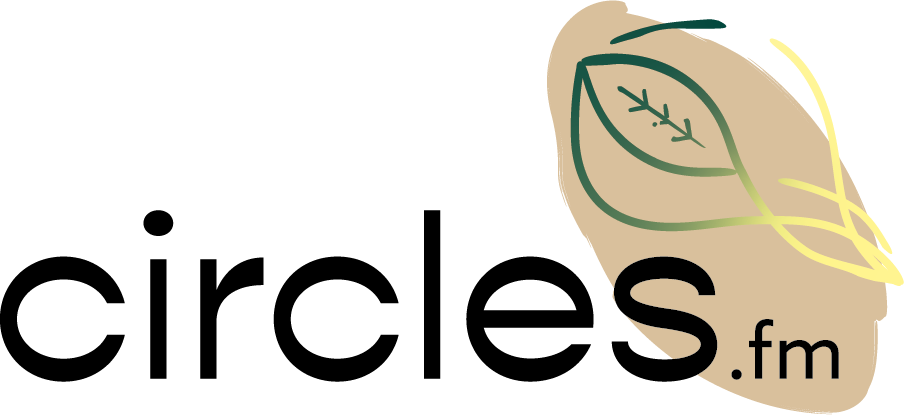This ladder can be used to ‘measure’ the circularity of certain types of packaging. The higher the strategy is on the list, the more circular it is. The highest rung on this ladder is ‘R1’.
The 'R’ ladder:
R1 Refuse and rethink
Think about why this packaging is used. Is it used primarily for protection or for marketing purposes? You may be able to use different packaging for different purposes, or even do without it entirely. Consider, for example, collars on flower buckets or plant labels, but also look at other packaging with a critical eye.
R2 Reduce
Reducing the use of raw materials during the production of packaging and its use. Examples of the ‘Reduce’ strategy include making and using thinner plastic flower sleeves, or using recycled plastic or renewable raw materials instead of new plastic (also called virgin plastic).
R3 Reuse
This strategy is about reusing the same packaging several times. The beige auction bucket is a good example of reusable packaging. There is more packaging that can be reused, such as reusable plant trays, or reusable crates instead of single-use boxes.
R4 Repair, refurbish, remanufacture, and repurpose
In this strategy, packaging is repaired, maintained and repaired wherever possible to make it last as long as possible. Again, the beige auction bucket is an example of packaging that is kept in good condition so that it lasts as long as possible.
R5 Recycle
In this case, packaging is reprocessed to produce material of the same high quality or a lower quality than the original material. We will be sharing recycling checks for paper and cardboard, flexible plastics and dimensionally stable plastics in later blogs. The recycle check can be used to check if a type of packaging can be recycled satisfactorily, poorly, or not at all.
R6 Recover
The packaging in this strategy is incinerated, during which process energy is recovered. This is the lowest category, and the least circular strategy, and should be avoided. Packaging is incinerated, for example, if it ends up in the wrong bin or is made from materials that cannot be recycled.
In brief: reduce, reuse, recycle
Refuse and Reduce (R1 and R2) are at the top of the ladder, with a focus on reducing the consumption and production of products and on producing and using them more smartly.
Reuse and Repair (R3 and R4) occupy the middle rungs of the ladder, in which extending the life of products and components is a key aspect.
Recycle and Recover (R5 and R6), at the bottom of the ladder, concentrate on the useful application of materials that would otherwise end up on the landfill.

